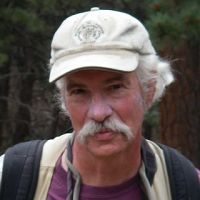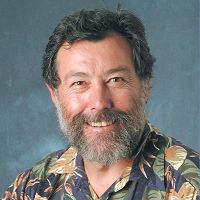Leopold et al., 2010
Mountain Permafrost - a valid archive to study climate change? Examples from the Rocky Mountains Front Range of Colorado, USA
Leopold, M., Voelkel, J., Dethier, D., Williams, M., and Caine, N. (2010)
Nova acta Leopoldina, v. 112: 281-289.k
-
Boulder, INVESTIGATOR
-
Boulder, INVESTIGATOR
-
Boulder, INVESTIGATOR
-
Boulder, INVESTIGATOR
Abstract
Mountain permafrost is highly sensitive to changing air temperatures because they affect the thawing depth of the annual active layer, as well as the time and speed of the refreezing process, mainly in the winter. The Long Term Ecological Research Site (LTER) Niwot Ridge and the Critical Zone Observatory Site (CZO) Green Lakes in Colorado, USA, with their high alpine tundra climate and vegetation, offer ideal conditions to study changes of mountain permafrost. The sites provide high quality climate data, together with studies on permafrost since the 1970’s, which make these places rather unique in the US. We present data from our studies on permafrost distribution using different geophysical techniques to portray the shallow subsurface. The data on permafrost and soil temperature are compared with existing models of permafrost distribution and possible thermal degradation, as well as with older data on the existence and distribution of permafrost at these sites. At some locations, we find large differences when compared to the older data and the prognostic model. Sites formerly indicated as permafrost in the 1970’s shifted towards sites with annual ice lenses today. We discuss the results and attempt to discern if the observed change is a direct consequence of the current rising air temperatures.
Citation
Leopold, M., Voelkel, J., Dethier, D., Williams, M., and Caine, N. (2010): Mountain Permafrost - a valid archive to study climate change? Examples from the Rocky Mountains Front Range of Colorado, USA. Nova acta Leopoldina, v. 112: 281-289.k.
 This Paper/Book acknowledges NSF CZO grant support.
This Paper/Book acknowledges NSF CZO grant support.
Explore Further




